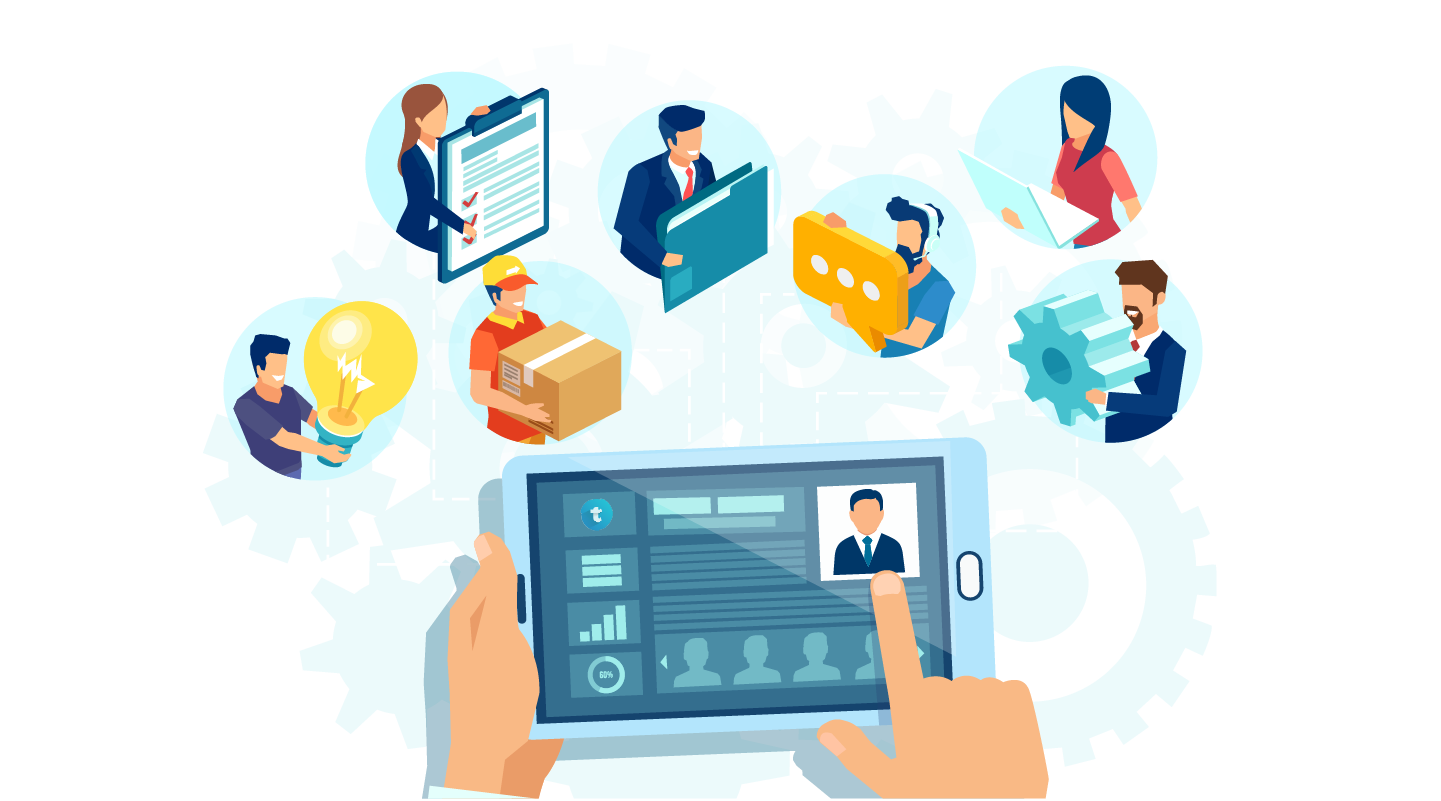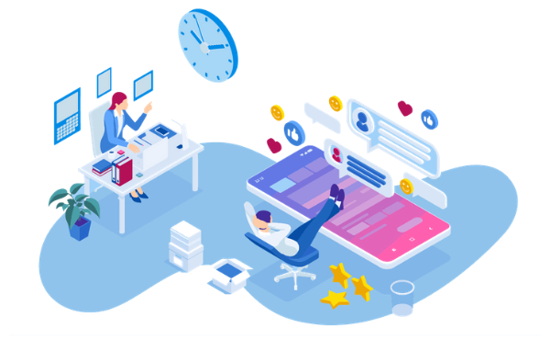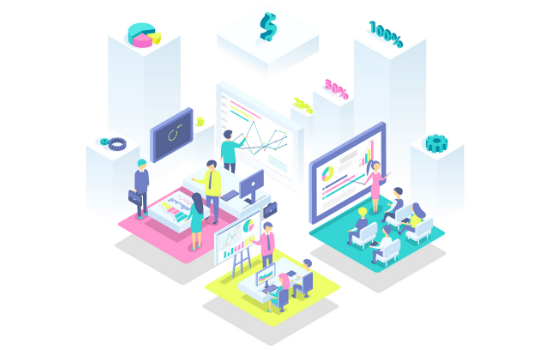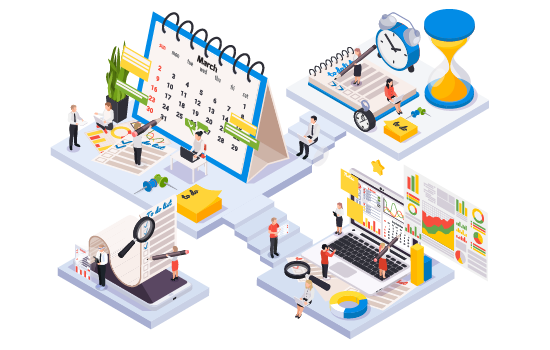Streamlining HR processes with automated time tracking

Costs are always a concern for a manager when it comes to the company’s bottom line. Considering that in average labor costs can reach up to 50-60% of operational costs, the way that employees spend their working hours becomes paramount.
If you add to that the global COVID pandemic, with more and more employees switching to remote work and also with the economic crisis that is beginning to show it’s effects, managing HR duties and labor costs can become a nightmare.
But technology, as usual, provides us with solutions. Time tracking software can help managers understand the company workflow and address problems as soon as they arise. Also, they deliver better productivity, engaged employees, and cost-effective projects.
Time tracking software like Timeback can help managers organize their teams with customizable calendars that allow them to set up a schedule for each step of the project. It’s also able to import data from other apps or Xls files, eliminating time spent on manually tracking tasks or calculating payrolls.
Here are some ways in which an automated time tracking software can help eliminate the stress in your HR department.
Accurate payrolls and costs
Knowing that their working hours are accurately tracked and compensated is a great motivation for employees.
Time tracking apps have integrated timers and show when your employees clock in and out, when they take brakes and what overtime they do.
This is a great help for the HR department, as they will have accurate timesheets that can be used for payroll purposes and they will make sure each employee receives fair pay for the amount of work they put in.
Managers are assured that they do not overspend in labor costs, they can bill their clients taking into account the exact number of man-hours put in their projects and they can draw up the budget accordingly.
Usable data for evaluation processes
HR workers can use data from employee monitoring and time tracking reports in their evaluation procedures. They can monitor employee overtime or absences and they can see whether the employees send their requests in time so they can be processed and integrated without disrupting the workflow.
Also, time tracking software has features that increase visibility over project responsibilities and managers can monitor how employees handle those responsibilities.
Employee access to information
Some software such as Timeback, allows both managers and employees to see leave or vacation requests, organize events, and manage work activities in real-time.
In this way, employees are able to send their requests, see how much paid time off they have already taken, or have left and the HR department will spend less time answering such questions from employees.
Also, employees can better manage their personal time and the number of unplanned employee absences will decrease, and that will translate into a boost in productivity.
Less paperwork
HR involves human interaction on a regular basis and HR workers need to adapt to the specifics of each case before them. And saving time is an important issue for them also.
Automated time trackers have a great impact on payroll and benefits management, making HR work far easier with less paperwork.
The time they gain doing less paperwork can be spent on working with employees in those areas that require more focus, like hiring or evaluation procedures.
Although HR is a field that can never be fully automated, as it requires complex human interaction, time tracking software can greatly improve the work of HR employees and managers alike.
Using automated timesheets that will ensure no overspend in labor costs, objective data that can be used in the evaluation of employees, and with less paperwork in the HR department, this efficient software can help you save time and save money.


